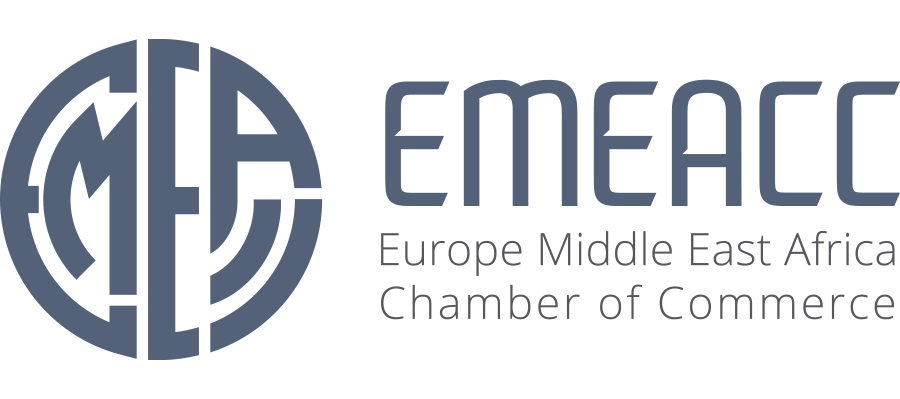Board members are crucial in shaping the destiny of a company, helping to foster accountability and managing it. It can be difficult to manage a large group at all career stages especially in a physical location like an annual board meeting.
One of the major challenges for boards is navigating how to supervise management without influencing or micromanaging. To aid, it’s essential that board members understand the difference between high-level policy decisions and lower-level management policies. It is also essential that the board has a positive relationship with management, and has clearly stated how they will share their deliberations.
To facilitate this an effective practice is to schedule regular phone calls with board members for 7-10 days prior to the next board meeting. This allows the board to review any issues that are likely to be on the agenda and ensures that any bad news isn’t made public for the first-time at the meeting itself.
The final step is to establish guidelines that define the roles of the board, the medical team, and management. Effectively implemented guidelines reduce the amount of « busy work » at each board meeting. This helps to free time for strategic work.
Finally, to ensure that the board can be effective as a partner in the monitoring process, it’s essential that it is made up of people who have a wide knowledge across all aspects of the organization. This includes finance and sales as well as marketing and operations. It can also be beneficial for the members to have experience in different areas apart from healthcare. This allows the board to gain knowledge from different sources and boardofdirectors.info/governance-frameworks-and-standards-in-different-countries/ make the best possible decisions for the company.
